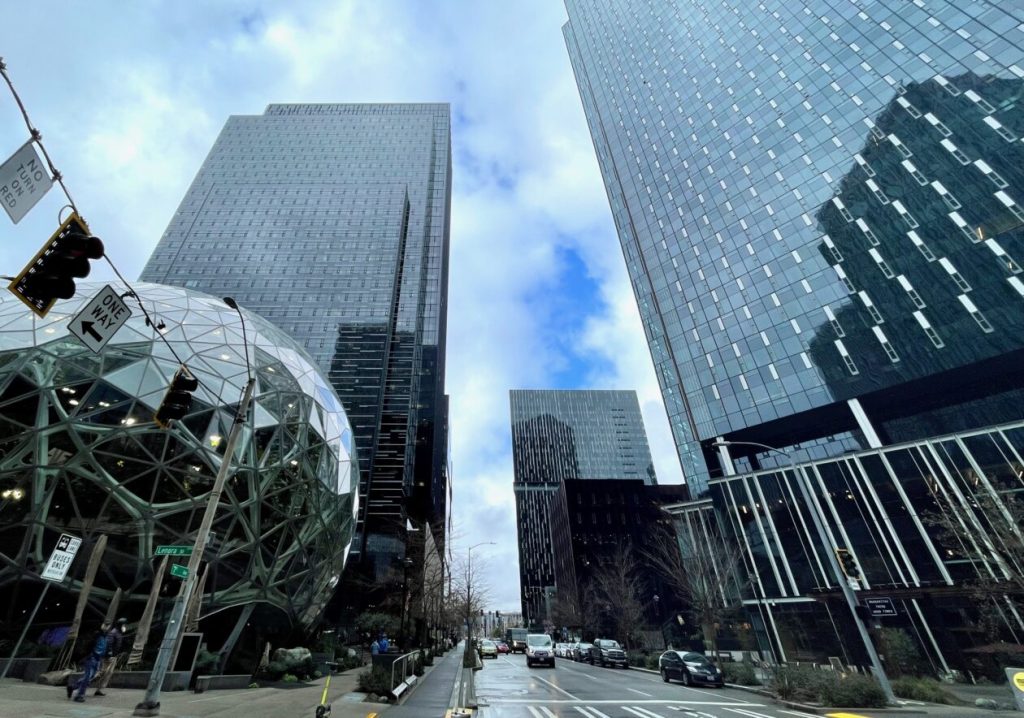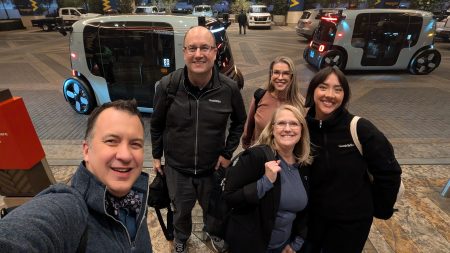Amazon’s Latest Layoffs Signal AI’s Growing Impact on Tech Workforce
In a significant shift for the tech giant, Amazon has announced a substantial round of layoffs affecting 2,303 corporate employees in Washington state, primarily in Seattle and Bellevue. These cuts, part of a larger global reduction of approximately 14,000 workers, reveal a telling pattern about the changing landscape of the technology sector. Software development engineers represent the largest group of affected employees, with over 600 roles being eliminated—more than a quarter of the total cuts in Washington. This mirrors similar trends seen at Microsoft earlier this year, suggesting a fundamental reassessment of engineering needs across the industry. The layoffs come as Amazon continues to invest in AI technologies, including its recently introduced coding tool Kiro, launched in July, and reported exploration of the AI code assistant Cursor for employee use. The timing of these staff reductions, coupled with Amazon HR chief Beth Galetti’s statement that “this generation of AI is the most transformative technology we’ve seen since the Internet,” points to a significant technological inflection point that’s reshaping the workforce requirements of even the most successful tech companies.
The concentration of cuts among software engineers represents a profound shift for an industry that has traditionally valued and competed fiercely for coding talent. For decades, software developers have been the backbone of digital innovation, building and maintaining the infrastructure that powers our digital economy. Now, however, the rise of sophisticated AI coding assistants is beginning to transform how software is created and maintained. These tools can generate code, debug applications, and even design features with increasingly minimal human intervention. For many Amazon engineers who joined the company expecting stable, long-term careers in a growing field, this sudden shift must feel particularly disorienting. The layoffs affect real people with families, mortgages, and career aspirations—individuals who have contributed to Amazon’s tremendous success and growth over the years. Many likely believed their technical skills would remain in high demand for years to come, only to find themselves caught in a technological transition that few anticipated would progress so rapidly.
Beyond engineering roles, the layoffs also heavily impact leadership positions, with more than 500 manager-level titles being cut in Washington alone. This aligns with Amazon’s stated intention to reduce bureaucracy and operate more efficiently—a common refrain during corporate restructuring. However, it also signals a potential flattening of organizational hierarchies as AI tools enable fewer managers to oversee larger teams or processes. The cuts extend to recruiting, human resources, marketing, advertising, and legal departments as well, indicating a comprehensive reassessment of Amazon’s workforce needs across multiple business functions. The largest concentration of layoffs is occurring at the company’s Doppler office building on 7th Avenue in Seattle, where 361 employees are affected. Additionally, more than 100 remote employees based in Washington are losing their positions, demonstrating that flexible work arrangements offered no special protection from these cuts.
These layoffs at Amazon are not happening in isolation but reflect broader industry trends and economic realities. Throughout 2024 and 2025, numerous major tech companies have announced significant workforce reductions, often while simultaneously reporting record profits and increasing investments in artificial intelligence. This apparent contradiction—cutting jobs while companies remain highly profitable—highlights the transformative impact AI is having on white-collar employment. As noted in recent reporting by both The Wall Street Journal and Axios, which dramatically characterized the situation as an “AI job apocalypse,” these technological changes are contributing to a wave of layoffs across the country that extends well beyond the tech sector. The trend raises important questions about the future of knowledge work in an era of increasingly capable AI systems that can perform tasks previously requiring years of specialized human training and experience.
For the thousands of affected Amazon employees, these layoffs represent more than just corporate restructuring—they signal a fundamental shift in career prospects and professional identities. Many software engineers have invested years in developing specialized skills that may now be less valued in a market increasingly augmented by AI coding tools. The psychological impact of such displacement shouldn’t be underestimated, particularly for those who identified strongly with their roles at one of the world’s most influential technology companies. While Amazon and other tech firms continue to hire in areas related to AI development and implementation, the transition will be challenging for many displaced workers who must now navigate an uncertain job market while potentially needing to retrain for different types of roles. The geographic concentration of these layoffs in the Seattle area may also create localized economic impacts, affecting everything from housing markets to local businesses that have grown dependent on the spending power of well-compensated tech workers.
Despite the significant human costs, these layoffs also represent the ongoing evolution of technology and its relationship to work—a process that has repeated throughout modern economic history. Just as automation transformed manufacturing in previous generations, AI appears poised to reshape knowledge work in ways that will likely create new types of jobs even as it eliminates others. The challenge for society, policymakers, and the tech industry itself will be managing this transition in ways that minimize hardship while maximizing the potential benefits of these powerful new technologies. For Amazon, balancing its responsibilities to shareholders with ethical obligations to employees and communities will require thoughtful leadership during this period of transformation. And for the thousands of affected workers, finding paths forward will demand resilience, adaptability, and support systems that can help them navigate what may be one of the most significant technological disruptions to hit the modern workforce—one that ironically is being led by the very companies that once hired them to build the digital future.















